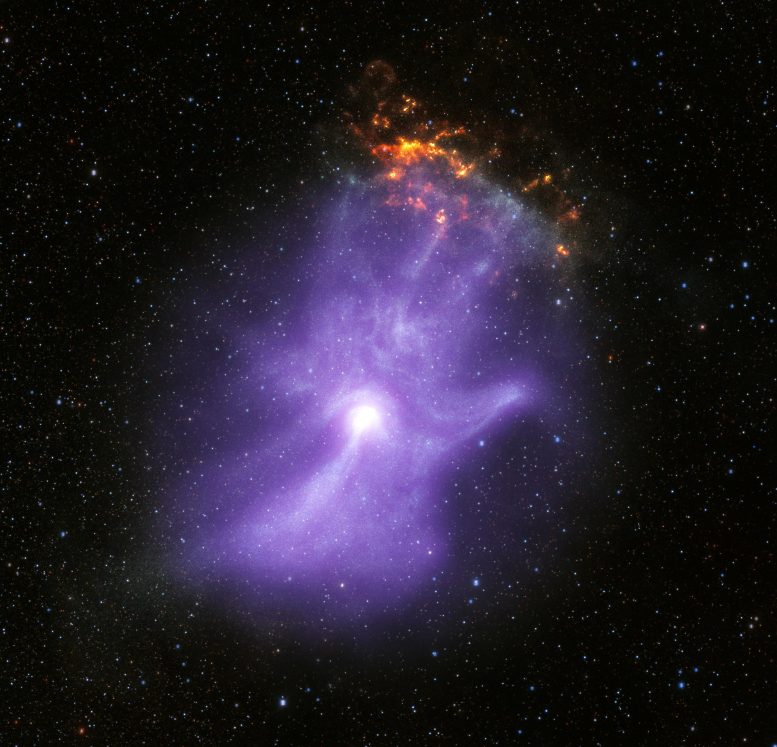
By combining data from Chandra and IXPE, astronomers are learning more about how a pulsar is injecting particles into space and shaping its environment. The X-ray data are shown along with infrared data from the Dark Energy Camera in Chile. Young pulsars can create jets of matter and antimatter moving away from the poles of the pulsar, along with an intense wind, forming a “pulsar wind nebula.” This one, known as MSH 15-52, has a shape resembling a human hand and provides insight into how these objects are formed. Credit: X-ray: NASA/CXC/Stanford Univ./R. Romani et al. (Chandra); NASA/MSFC (IXPE); Infrared: NASA/JPL-Caltech/DECaPS; Image Processing: NASA/CXC/SAO/J. Schmidt
NASA’s X-ray telescopes have unveiled the magnetic “bones” of a hand-shaped space structure, offering profound insights into the behavior of dead stars and the powerful magnetic fields surrounding them.
In 1895, Wilhelm Röntgen discovered X-rays and used them to image the bones in his wife’s hand, kicking off a revolutionary diagnostic tool for medicine. Now two of NASA’s X-ray space telescopes have combined their imaging powers to unveil the magnetic field “bones” of a remarkable hand-shaped structure in space. Together, these telescopes reveal the behavior of a dead collapsed star that lives on through plumes of particles of energized matter and antimatter.
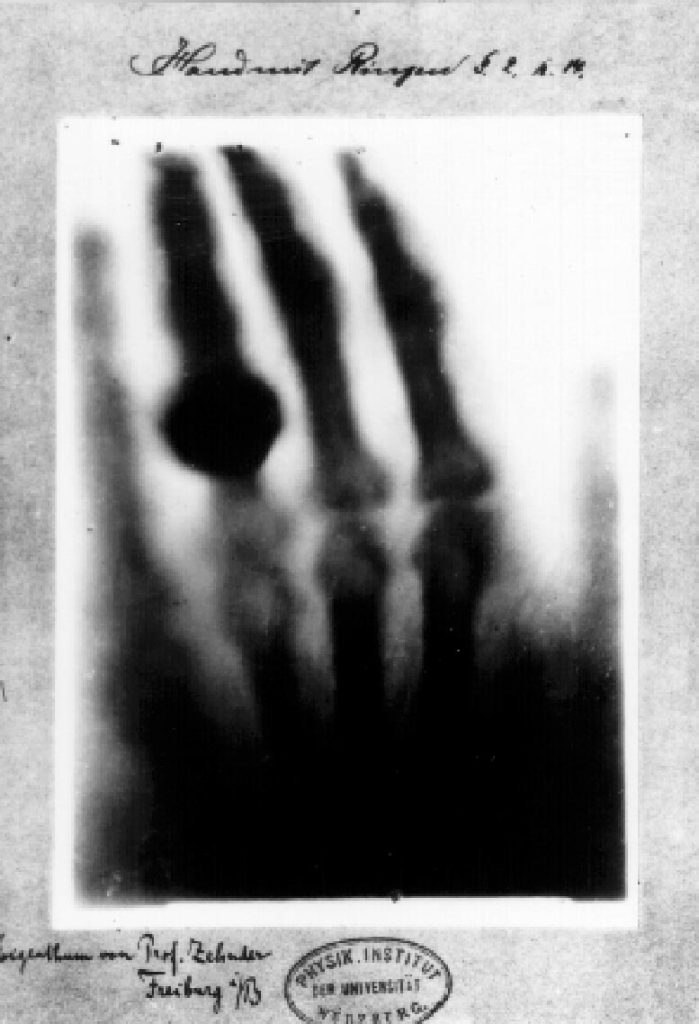
First medical X-ray by Wilhelm Röntgen of his wife Anna Bertha Ludwig’s hand. Credit: Wilhelm Röntgen
A Star’s Transformation
Around 1,500 years ago, a giant star in our galaxy ran out of nuclear fuel to burn. When this happened, the star collapsed onto itself and formed an extremely dense object called a neutron star.
Rotating neutron stars with strong magnetic fields, or pulsars, provide laboratories for extreme physics, with conditions that cannot be replicated on Earth. Young pulsars can create jets of matter and antimatter moving away from the poles of the pulsar, along with an intense wind, forming a “pulsar wind nebula.”
The Nebula’s Resemblance
In 2001, NASA’s Chandra X-ray Observatory first observed the pulsar PSR B1509-58 and revealed that its pulsar wind nebula (referred to as MSH 15-52) resembles a human hand. The pulsar is located at the base of the “palm” of the nebula. MSH 15-52 is located 16,000 light-years from Earth.
IXPE’s Deep Observations
Now, NASA’s newest X-ray telescope, the Imaging X-ray Polarimetry Explorer (IXPE), has observed MSH 15-52 for about 17 days, the longest it has looked at any single object since it launched in December 2021.
“The IXPE data gives us the first map of the magnetic field in the ‘hand’,” said Roger Romani of Stanford University in California, who led the study. “The charged particles producing the X-rays travel along the magnetic field, determining the basic shape of the nebula, like the bones do in a person’s hand.”
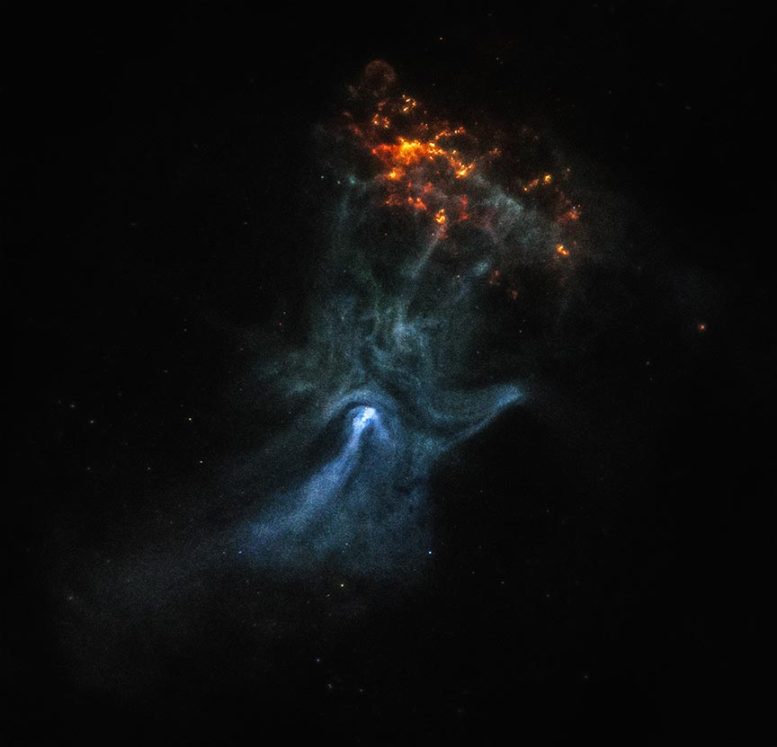
This is the view of MSH 15-52 from Chandra X-ray observation. It doesn’t include the IXPE X-ray and infrared observations that are included in the composite image at the top of the article. Credit: X-ray: NASA/CXC/Stanford Univ./R. Romani et al. (Chandra); Image Processing: NASA/CXC/SAO/J. Schmidt
X-ray Polarization Insights
IXPE provides information about the electric field orientation of X-rays, determined by the magnetic field of the X-ray source. This is called X-ray polarization. In large regions of MSH 15-52 the amount of polarization is remarkably high, reaching the maximum level expected from theoretical work. To achieve that strength, the magnetic field must be very straight and uniform, meaning there is little turbulence in those regions of the pulsar wind nebula.
“We’re all familiar with X-rays as a diagnostic medical tool for humans,” said co-author Josephine Wong, also of Stanford. “Here we’re using X-rays in a different way, but they are again revealing information that is otherwise hidden from us.”
Magnetic Fields and Particle Behavior
One particularly interesting feature of MSH 15-52 is a bright X-ray jet directed from the pulsar to the “wrist” at the bottom of the image. The new IXPE data reveal that the polarization at the start of the jet is low, likely because this is a turbulent region with complex, tangled magnetic fields associated with the generation of high-energy particles. By the end of the jet, the magnetic field lines appear to straighten and become much more uniform, causing the polarization to become much larger.
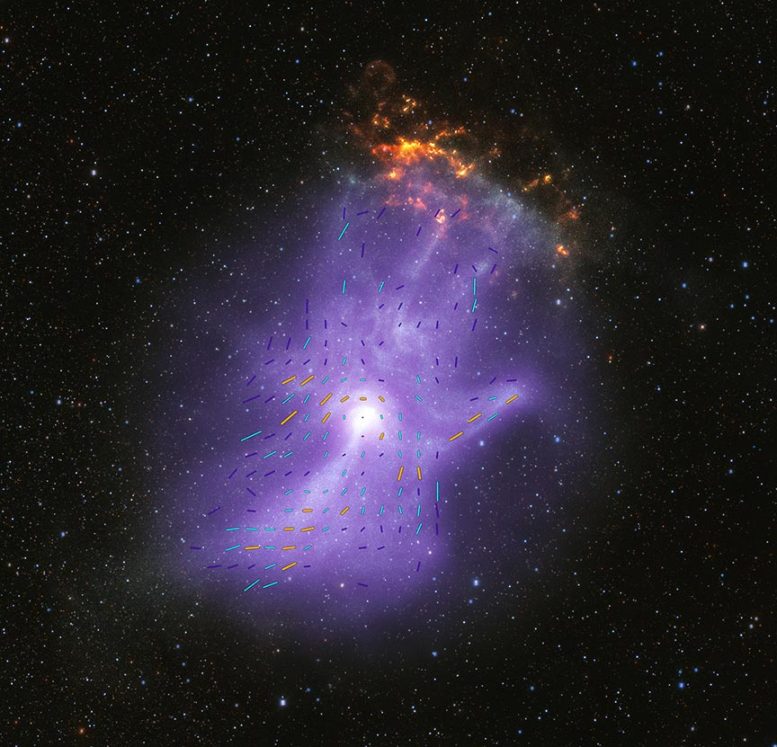
Magnetic field map in MSH 15-52. Lines represent IXPE polarization measurements, mapping the direction of the local magnetic field. The length of the bars indicates the amount of polarization. Credit: X-ray: NASA/CXC/Stanford Univ./R. Romani et al. (Chandra); NASA/MSFC (IXPE); Infrared: NASA/JPL-Caltech/DECaPS; Image Processing: NASA/CXC/SAO/J. Schmidt
These results imply that particles are given an energy boost in complex turbulent regions near the pulsar at the base of the palm, and flow to areas where the magnetic field is uniform along the wrist, fingers, and thumb.
“We’ve uncovered the life history of super energetic matter and antimatter particles around the pulsar,” said co-author Niccolò Di Lalla, also of Stanford. “This teaches us about how pulsars can act as particle accelerators.”
Further Discoveries and Collaborations
IXPE has also detected similar magnetic fields for the Vela and Crab pulsar wind nebulae, which implies that they may be surprisingly common in these objects.
These results are published in a new paper in The Astrophysical Journal.
For more on this discovery, see The Mysterious Ghost Hand Discovered by NASA’s X-Ray Telescopes.
Reference: “The Polarized Cosmic Hand: IXPE Observations of PSR B1509−58/MSH 15−52 ” by Roger W. Romani, Josephine Wong, Niccoló Di Lalla, Nicola Omodei, Fei Xie, C.-Y. Ng, Riccardo Ferrazzoli, Alessandro Di Marco, Niccoló Bucciantini, Maura Pilia, Patrick Slane, Martin C. Weisskopf, Simon Johnston, Marta Burgay, Deng Wei, Yi-Jung Yang, Shumeng Zhang, Lucio A. Antonelli, Matteo Bachetti, Luca Baldini, Wayne H. Baumgartner, Ronaldo Bellazzini, Stefano Bianchi, Stephen D. Bongiorno, Raffaella Bonino, Alessandro Brez, Fiamma Capitanio, Simone Castellano, Elisabetta Cavazzuti, Chien-Ting Chen, Nicoló Cibrario, Stefano Ciprini, Enrico Costa, Alessandra De Rosa, Ettore Del Monte, Laura Di Gesu, Immacolata Donnarumma, Victor Doroshenko, Michal Dovčiak, Steven R. Ehlert, Teruaki Enoto, Yuri Evangelista, Sergio Fabiani, Javier A. Garcia, Shuichi Gunji, Kiyoshi Hayashida, Jeremy Heyl, Wataru Iwakiri, Ioannis Liodakis, Philip Kaaret, Vladimir Karas, Dawoon E. Kim, Takao Kitaguchi, Jeffery J. Kolodziejczak, Henric Krawczynski, Fabio La Monaca, Luca Latronico, Grzegorz Madejski, Simone Maldera, Alberto Manfreda, Frédéric Marin, Andrea Marinucci, Alan P. Marscher, Herman L. Marshall, Francesco Massaro, Giorgio Matt, Riccardo Middei, Ikuyuki Mitsuishi, Tsunefumi Mizuno, Fabio Muleri, Michela Negro, Stephen L. O’Dell, Chiara Oppedisano, Luigi Pacciani, Alessandro Papitto, George G. Pavlov, Matteo Perri, Melissa Pesce-Rollins, Pierre-Olivier Petrucci, Andrea Possenti, Juri Poutanen, Simonetta Puccetti, Brian D. Ramsey, John Rankin, Ajay Ratheesh, Oliver J. Roberts, Carmelo Sgró, Paolo Soffitta, Gloria Spandre, Douglas A. Swartz, Toru Tamagawa, Fabrizio Tavecchio, Roberto Taverna, Yuzuru Tawara, Allyn F. Tennant, Nicholas E. Thomas, Francesco Tombesi, Alessio Trois, Sergey Tsygankov, Roberto Turolla, Jacco Vink, Kinwah Wu and Silvia Zane, 23 October 2023, The Astrophysical Journal.
DOI: 10.3847/1538-4357/acfa02
IXPE is a collaboration between NASA and the Italian Space Agency with partners and science collaborators in 12 countries. IXPE is led by Marshall. Ball Aerospace, headquartered in Broomfield, Colorado, manages spacecraft operations together with the University of Colorado’s Laboratory for Atmospheric and Space Physics in Boulder.
NASA’s Marshall Space Flight Center manages the Chandra program. The Smithsonian Astrophysical Observatory’s Chandra X-ray Center controls science operations from Cambridge, Massachusetts, and flight operations from Burlington, Massachusetts.


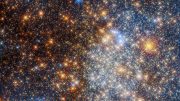




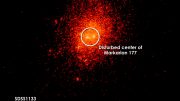

Be the first to comment on "From Medical Marvel to Cosmic Mystery: X-Ray Telescopes and the Magnetic ‘Hand’ In Space"